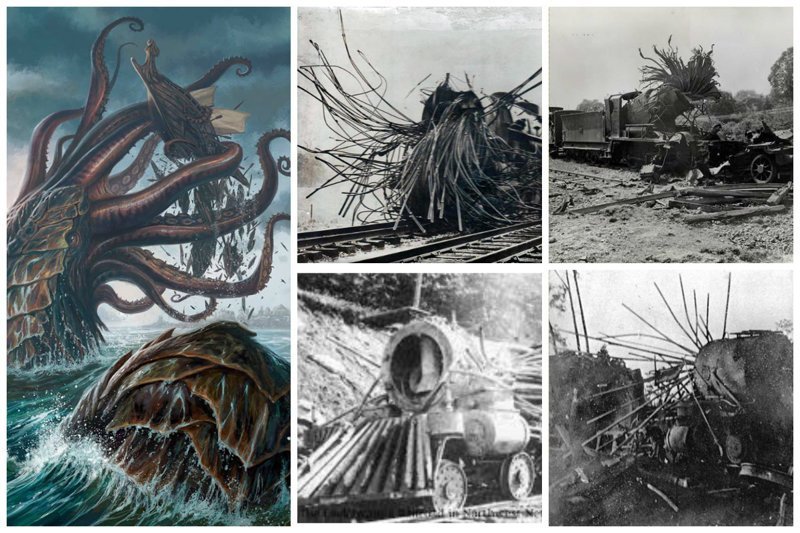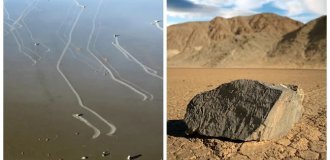The terrifying consequences of the explosion of a locomotive's steam boiler (22 photos)
Photos of the real birth of the Kraken! It looks like it, doesn't it? Of course, the Kraken is not here, but what you see, in my opinion, is very reminiscent of it. These photos are the explosion of a locomotive's steam boiler. A terrible, terrifying and magnificent sight.

The era of steam power brought with it not only movement along railway lines, but also significant destruction in cases of non-compliance with safety precautions, as well as from insufficient knowledge of thermodynamics


The very first officially recorded boiler explosion occurred in 1813, when the designer exceeded the speed due to additional steam pressure. The explosion killed 15 people


Explosions are typical for steam locomotives that had highly accelerated boilers of lightweight construction and, in addition, also experienced shock loads when moving on rails. In addition, a fire-tube steam locomotive boiler, in which steam pressure acted on the outer surface of the heat exchanger pipes, significantly reduced their strength.



Explosions occurred, in most cases, due to human error. The fact is that the driver was obliged to monitor the water level in the boiler and, with the help of special water measuring glasses, prevent the water level from rising or falling.


Depending on the mode of movement of the locomotive, it was necessary to add or reduce the amount of steam. And if the injectors are opened to capacity, then the gushing water will meet the hot walls and pipes of the boiler.



When a steam boiler is destroyed, boiling water instantly turns into steam and expands 1600 times


Flue gases circulated in bundles of pipes that were in a “jacket” with water. They heated this very water in a “shirt”, turning it into steam


The steam entered the steam collector, and the flue gases were released into the atmosphere, but if the water level in the “jacket” was lost, the pipes would become hot, and when water was added, the “jacket” would rupture.




This is what everything looked like inside - pipes with gas and a “shirt” with water























